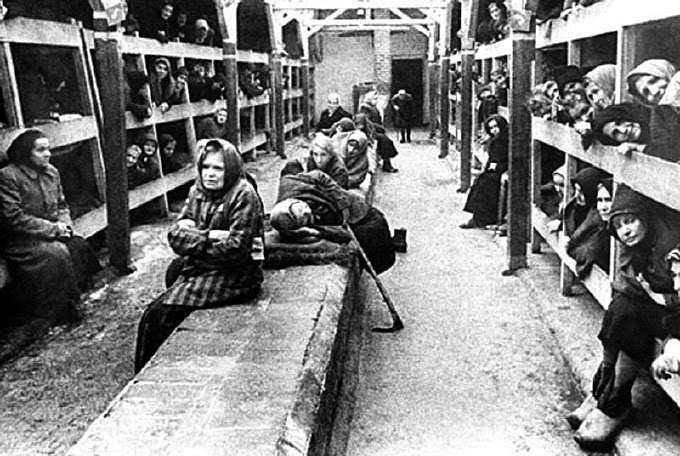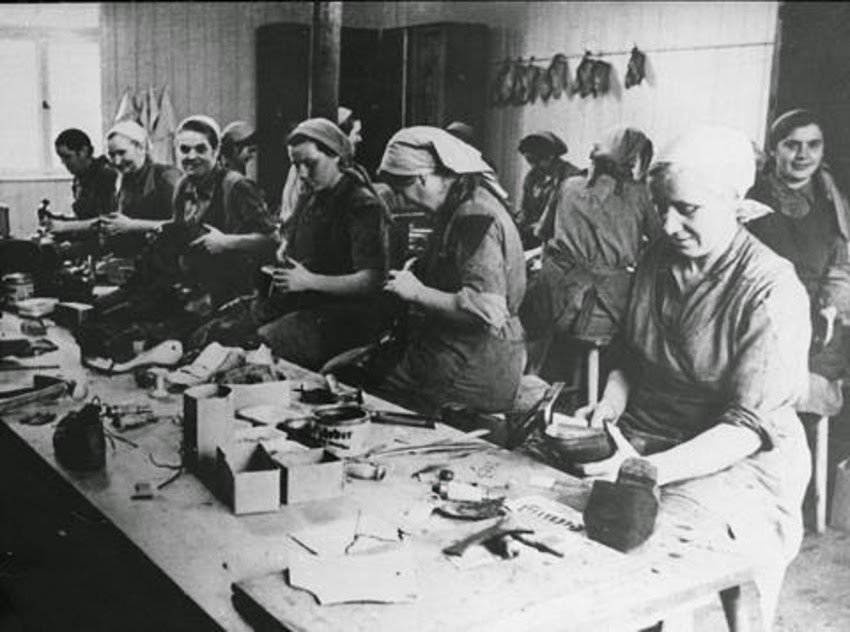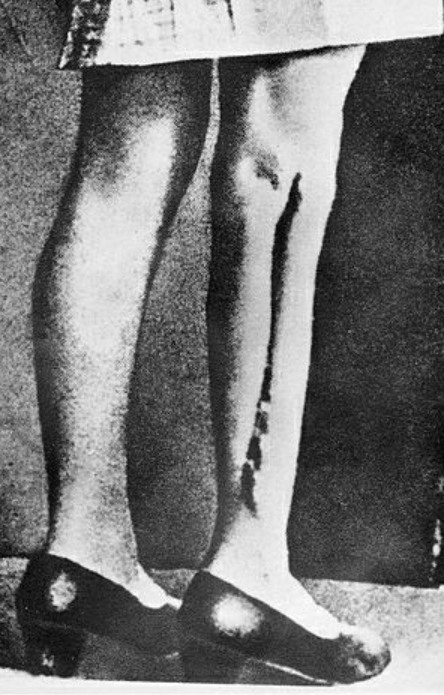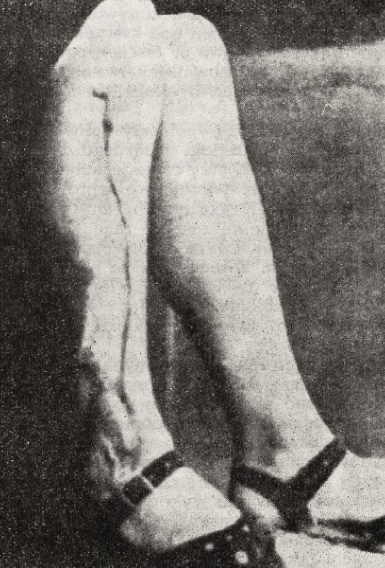How did experiments at Ravensbrück begin?
In 1942, Adolf Hitler's friend, SS agent Reinhard Heydrich, was in a car bombing and died after the fact from his injuries. However, when Heydrich was being operated on, his doctor, Karl Franz Gebhardt, had refused to treat him with the drug sulfonamide. Dr. Gebhardt had not believed that the drug would work or that it would save his patient. When Adolf Hitler learned of the doctor's refusal he insisted on Dr. Gebhardt's execution for the supposed killing of his friend. In the hopes of proving Hitler wrong, Dr. Gebhardt turned to concentration camp Sachsenhausen. There, he began cutting men's legs open with glass and rubbing bacteria into the wounds, exposing the legs to sulfonamide. These impromptu experimentations ultimately failed when the men became too difficult to control. 74 women served as their replacements and became known as "Ravensbrück Rabbits."















